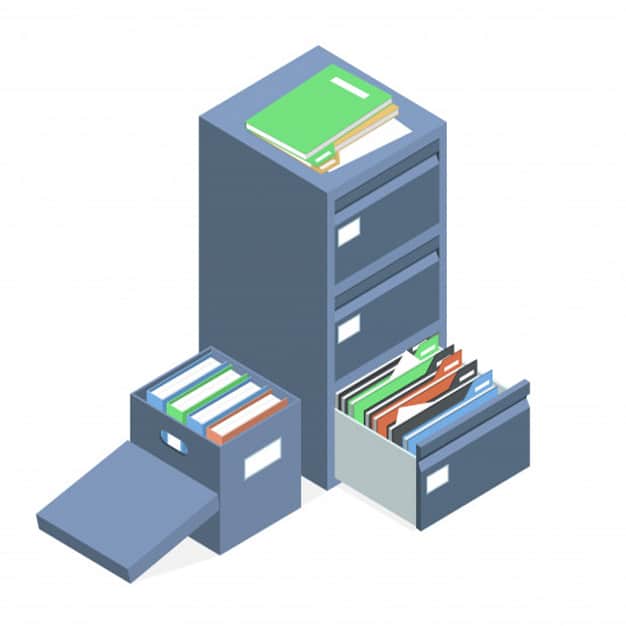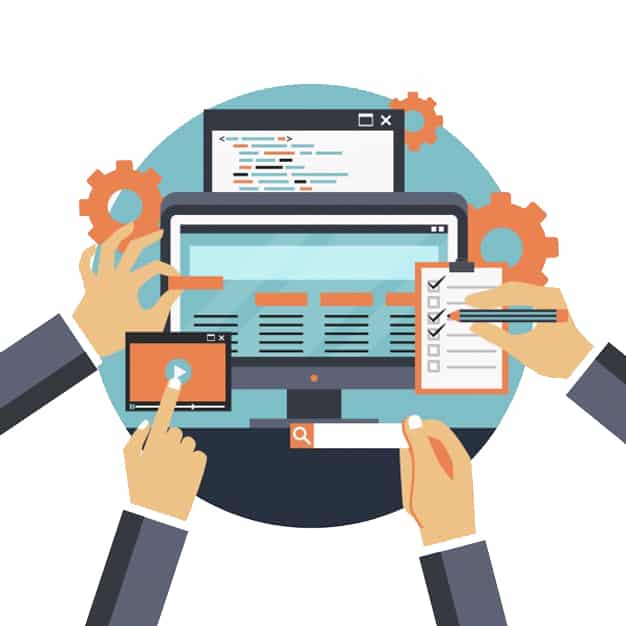Terminology resources are among the core assets of a translation company. Thanks to these resources, a translation company can effectively manage the terminology and thereby maximize the quality and consistency of translations. With an effective terminology management system, repetitive processes, extra evaluation cycles and repeated quality assurance procedures are all prevented, reducing the total time needed for completion of a translation, which results in significant savings on budget. Kalite Tercume uses databases developed as an outcome of 15 years of accumulation. These databases include nearly five billion terms in different specialties. They have been reviewed and approved for use in their relevant areas by native speaker editors.

The content created by companies grows incrementally over time, gradually increasing the need for reuse of existing translations with different purposes. Today, thanks to the use of translation support tools, like the Content Management System (CMS), translation is required only for newly developed parts of high volume documents, while the archived translation of the other parts of these documents comes automatically from the existing database. Thus, the quality of translation is maximized through the accurate use of terminology and consistency between old and new content. Shortcomings related to lack of intratextual and intertextual consistency are among the biggest problems of translation and localization industries. These shortcomings are some of the primary factors responsible for the low language quality of products and services.

Inconsistent terminology makes it difficult for end-users to use the product. This difficulty applies to all types of content, from software interfaces to marketing content and education materials. For example, inconsistency between the user interface of a software application and help documents can confuse the user and reduce the efficiency in product use. In such cases, users may begin to question the quality of the product and perhaps even refrain from using this product again. As a result, their need for support increases. These cases are quite common, especially in the telecommunication and software industries.

Every company has its own corporate language. Companies from different industries naturally use different terminologies. However, companies in the same industry and producing the same products can use different terminology and styles when defining the same features. We have developed a standard process in terminology management to overcome all these difficulties. Thanks to this process, we ensure that the adaptation will reflect the style and terminology preferences of our clients and maximize the effectiveness of our terminology management. Furthermore, we assign at least three professionals to this process to achieve an optimum level of consistency and minimize inconsistencies.

